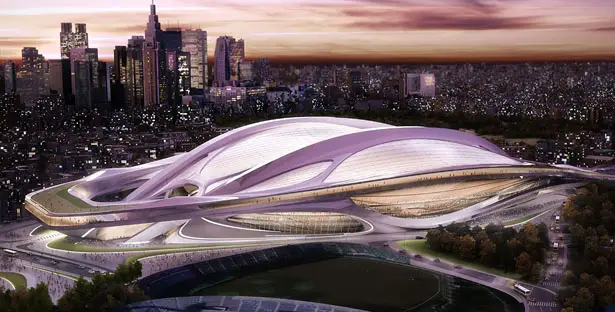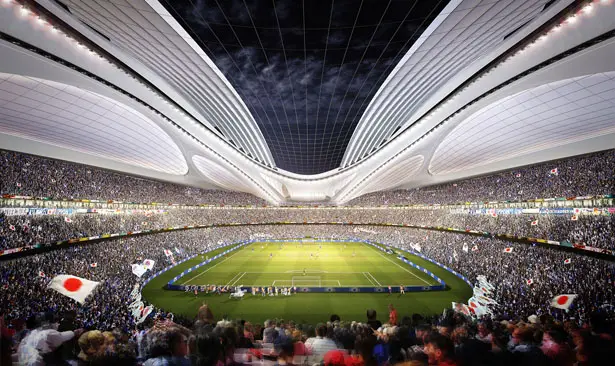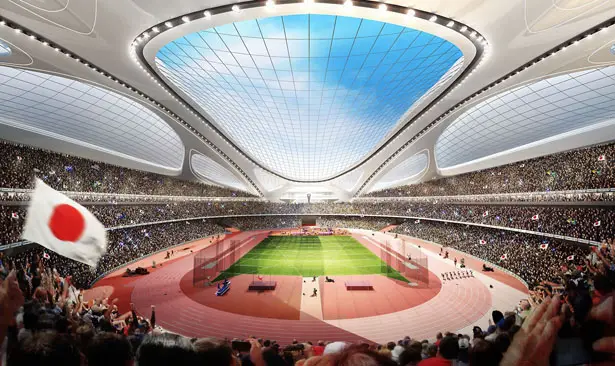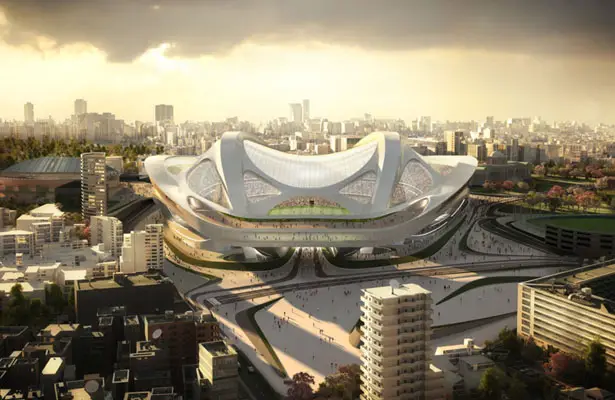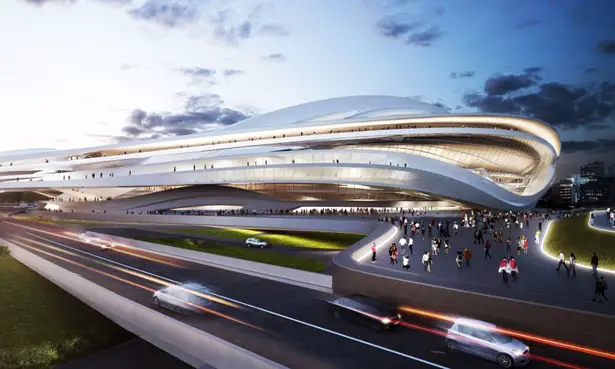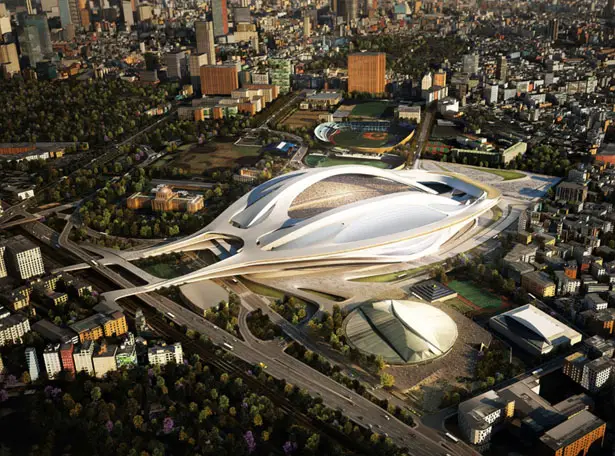We often perceive the past in black and white – after all, the vast majority of photographs from the 1910s through in to the 1930s and 40s are monochrome. Yet a color photography process called the Autochrome Lumière was patented in 1903. It remained the foremost color process until the second half of the 1930s. The pictures you are about to see are mostly dated about 1915-18 with some earlier and a few from the 1920s.
Only 14 years separate the two pictures above - but how attitudes changed! In 1910 the lady sits modestly in her greenhouse, a picture of demure contemplation. By 1924, the girls could freely join the boys for a dip without being thought of as immodest.

Occasionally - just occasionally, there are clues in the picture to the exact location. Some detective work revealed that the grass island the children above stood on in 1910 is still there in Rochester, New York.
Many of the buildings have long gone, however. The Palace of Horticulture, Panama-Pacific International Exposition (top) held in San Francisco, California in 1915 is long gone. The whole exposition was designed to show how the city had recovered since the terrible earthquake of 1906 and how it was open for business once more.Likewise the Ellis Square market in Savanah, Georgia, which opened June 1872 and closed October 1953 to make room for a 199-car public garage.
The photographic plates used in the autochrome process were coated (one side only) with tiny grains of potato starch. These grains had been dyed to act as color filters. The plate was then loaded in to the camera with the bare glass side facing towards the lens (the opposite of black and white plate photography). Light would then pass through the filter, comprising blue, green and red grains of potato starch, and then reach the emulsion.
This was a lot of filtering – and the reason why the exposure time had to be extended as much of the light was lost through the process. That is the reason why most of these pictures look dark. In fact a special contraption called a diascope was available which, using mirrors, lightened the pictures considerably. They became something of a fad among the well-off of the time.
As now, so then: people loved to show off in front of the camera. After all, full color photography was rare and so one would have to wear one's finery for the gentleman with the camera - it would be positively rude not to!
Note the tennis racket and the waiting automobile. We are wealthy and we are not afraid to let you know it.
Fancy dress was a popular activity in the 1910s. Many opted to have their best creations recorded for posterity. It is such a shame we have lost their names over the years - though a little imagination can provide back-stories interesting enough it would have been wonderful to know exactly who these people were.
Costume and manner may have changed but human nature hasn't. There was room for a little sauciness a hundred years ago too.
Of course these pictures have lost much of their luster over time. When they were taken they would have been much clearer - and for good reason. The number of grains used in each plate was immense. Each one would be layered with four million grains per square inch, but the layer was only a single grain in thickness. This ‘mosaic’ as it was known was then flattened using what amounted to steamroller method where immense pressure was applied not to the whole but to parts, consecutively. To improve production efficiency massive plates were created which were then quartered for individual use in cameras.
After exposure the plate was initially developed in to a negative unfixed image. The silver which constituted the negative was removed with chemicals. Next, what was left of the silver halide was exposed to light allowing the development of a positive image. The clever part of the process was that each of the colored microscopic grains of starch stayed aligned with the emulsion which covered it. To the eye, the color of the light which had passed through the grains was reconstructed – and the viewer beheld a full color picture.
So, oddly enough, we have dyed potato starch to thank for the autochrome process and our ability to peer in to the past and see the 1910s in color.
All photographs are from the George Eastman House Collection on Flickr.





























